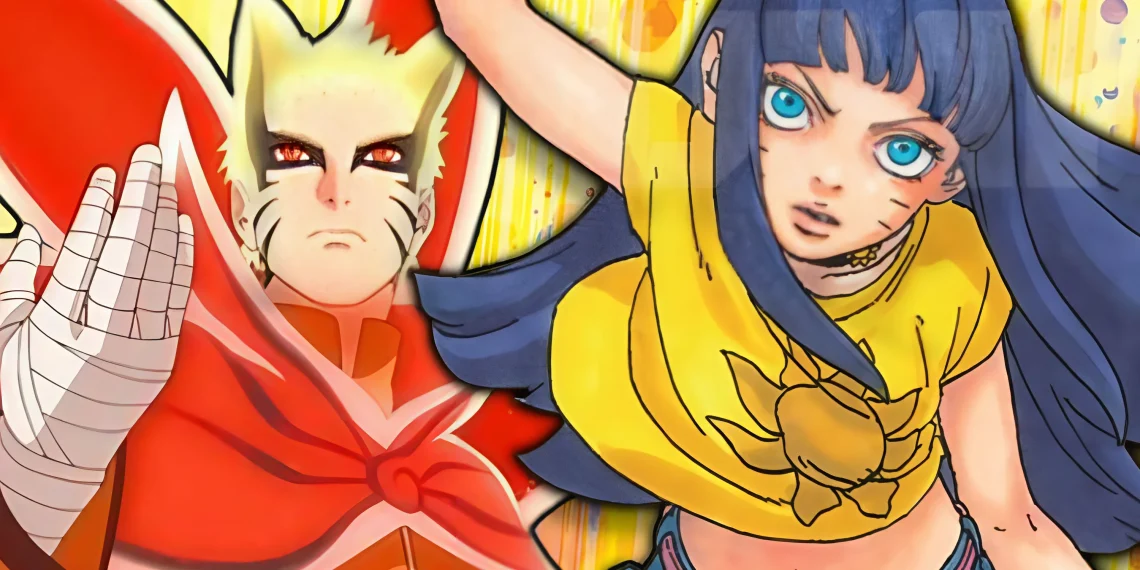The Boruto fanbase is known for its boundless creativity, often weaving complex theories that merge scientific ideas with the fantastical elements of the ninja world.
One particularly attracting theory has recently gained traction among fans, offering a fresh perspective on Himawari Uzumaki, a character whose potential has only just begun to unfold.
This theory doesn’t merely speculate on her growth as a ninja; it proposes that she may have inherited an evolved form of Kurama, the legendary Nine-Tailed Beast.
What’s more, this new Kurama may have been born from the events surrounding Naruto’s use of Baryon Mode during his final battle against Isshiki Otsutsuki.
Naruto’s use of Baryon Mode stands as one of the most climactic moments in the Boruto series. It was an extraordinary transformation, unleashing immense power at the cost of Kurama’s life.
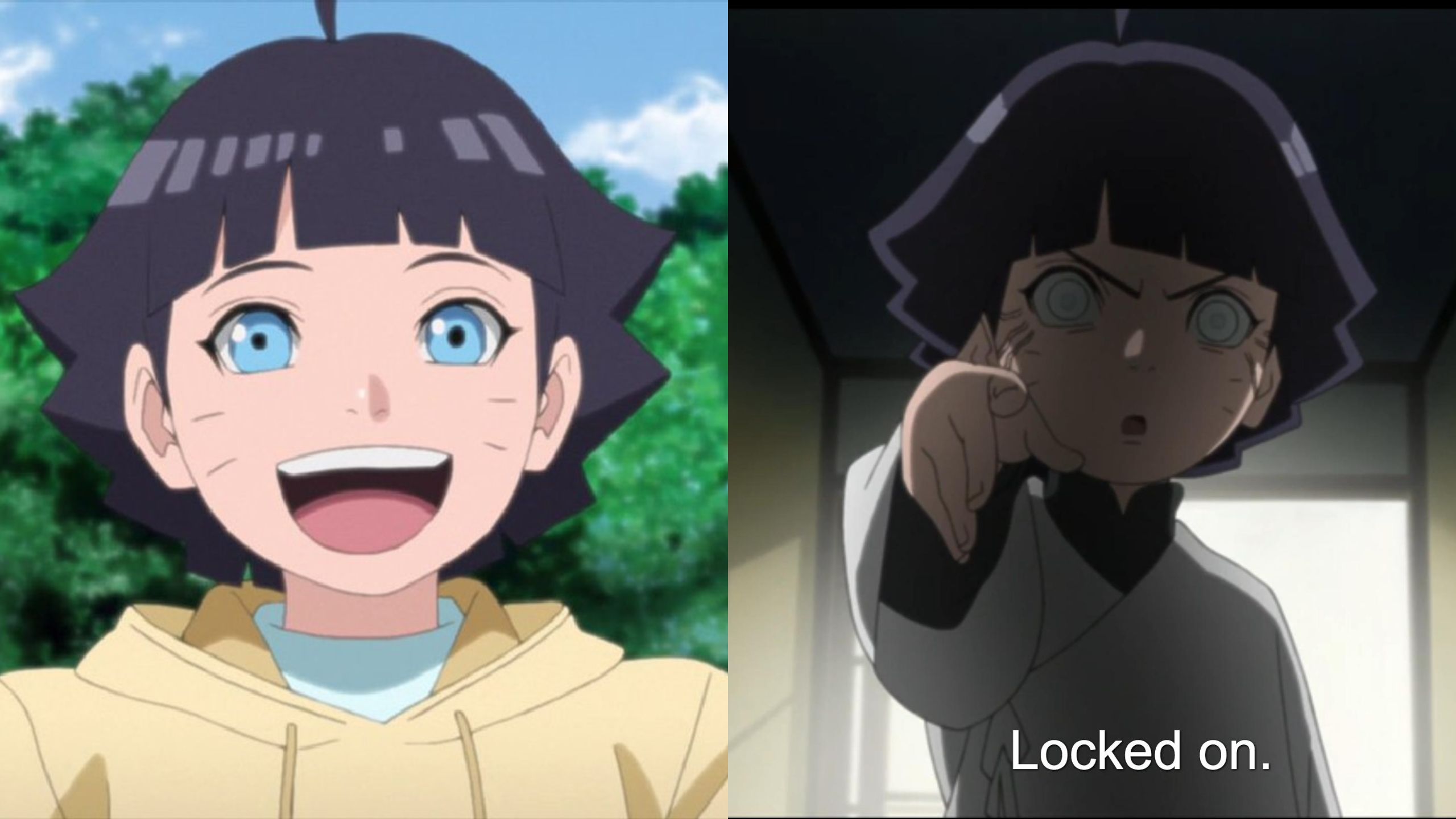
The raw strength of Baryon Mode allowed Naruto to stand toe-to-toe with one of the strongest foes the ninja world had ever seen.
However, its long-lasting effects may extend far beyond Kurama’s tragic end, reverberating into the future of Boruto and, more intriguingly, into Himawari’s own abilities.
As fans dig deeper into the Two Blue Vortex arc, clues are emerging that suggest Himawari’s new powers may be directly connected to the remnants of Baryon Mode and a reborn Kurama.
To fully appreciate this theory, it’s necessary to break it down, both scientifically and narratively, as it calls upon real-world physics and cosmic phenomena to explain how Kurama’s chakra might have evolved within Himawari.
The theory provides an insightful interpretation of the series, touching on themes of renewal, energy transformation, and the continuous cycle of life and death.
Let’s jump deeper into this theory and explore how it draws parallels between Baryon Mode, nuclear fusion, the lifecycle of stars, and the potential rebirth of Kurama within Himawari.
A New Kurama: The Fan Theory that Links Himawari to the Nine-Tails
The fan theory proposes that the Kurama we see manifesting within Himawari isn’t simply a smaller version of the original Nine-Tails.
Rather, it’s an evolved form of the creature, with its rebirth linked directly to the events surrounding Naruto’s Baryon Mode transformation.
To understand how this evolution may have occurred, we need to revisit exactly how Baryon Mode works.
When Naruto activated Baryon Mode during his battle with Isshiki Otsutsuki, he was essentially engaging in a process that mirrors nuclear fusion.
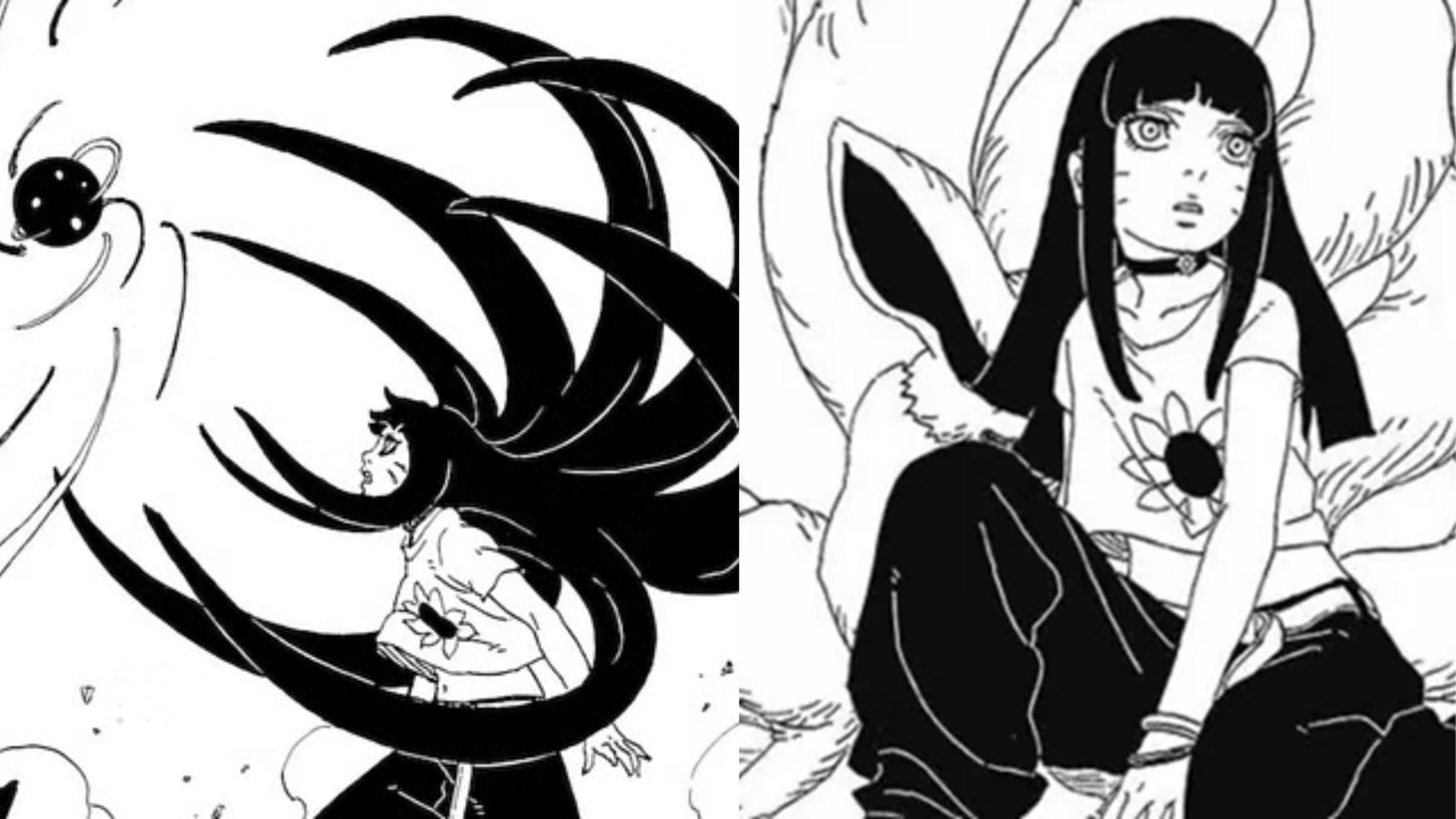
In nuclear fusion, two hydrogen nuclei collide at extremely high temperatures and pressures, fusing together to create a new element typically helium while releasing a tremendous amount of energy.
This is the same process that powers stars, including our Sun, and it is one of the most efficient energy-producing reactions in the universe.
Baryon Mode, as described in the series, operates similarly, but instead of fusing atomic nuclei, it fuses Naruto’s chakra with Kurama’s chakra, generating immense energy.
However, this fusion comes at a cost, gradually consuming both Naruto’s and Kurama’s life forces.
The key element in this fan theory lies in how Baryon Mode may have altered Kurama’s chakra.
During Naruto’s final battle, as Kurama’s chakra was consumed, fans observed a striking visual an ethereal, cloud-like substance appearing around Kurama as his life force faded.
This has been compared to a nebula, a vast cloud of gas and dust in space, which often forms around dying stars.
In the context of the theory, Kurama’s chakra is likened to hydrogen atoms, and his death represents the end of a massive star’s lifecycle, with his energy being dispersed into the surrounding atmosphere.
Nebulae play a crucial role in the formation of new stars. These massive clouds of hydrogen and other gases often serve as the birthplace for new celestial bodies.
When a star dies and expels its outer layers into space, the resulting nebula can eventually give rise to new stars, creating a cycle of death and rebirth.
This natural process is central to the theory: Kurama’s chakra, dispersed like a nebula, didn’t simply disappear.
Instead, it began to gather and coalesce into a new form, with Himawari acting as the catalyst for Kurama’s rebirth.
Why Himawari? A Key Piece of the Puzzle
A crucial aspect of this theory is why it is Himawari, specifically, who has inherited this evolved version of Kurama.
After all, Naruto’s children Boruto and Himawari are both candidates for extraordinary power, given their lineage. Yet, the theory suggests that Himawari was uniquely suited to inherit Kurama’s chakra.
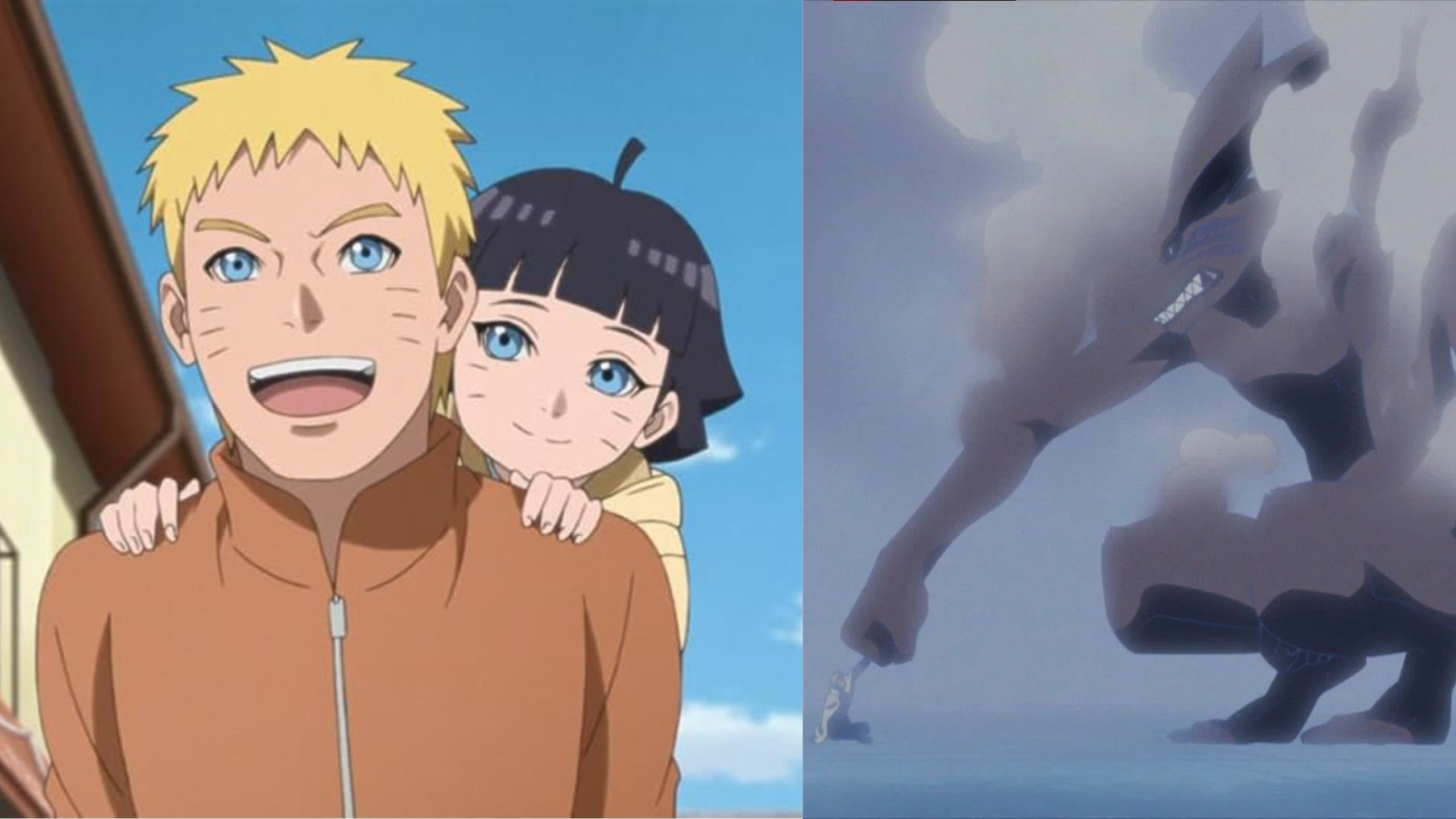
Chapter 9 of the Two Blue Vortex arc provides an essential clue, as the title of the chapter in French translates to “Fundamental Factor.”
This has led fans to believe that Himawari is a fundamental part of this evolving storyline.
The concept of a fundamental factor can be compared to a protostar, an early stage in a star’s formation.
Protostars are still in the process of gathering material from their surrounding nebula, accumulating mass until they are capable of sustaining nuclear fusion at their core.
In this analogy, Himawari is akin to a protostar, gradually accumulating Kurama’s dispersed chakra and nurturing it within herself.
There’s another layer to this: Himawari’s untapped potential has been teased throughout both the Naruto and Boruto series.
Despite being younger than her brother Boruto, she has shown glance of extraordinary power, most notably in the infamous scene where she activated her Byakugan and knocked out Naruto with a single blow.
This latent power suggests that Himawari possesses incredible chakra reserves and the ability to control powerful forces within her.
This could explain why she was able to absorb and nurture Kurama’s chakra as it dissipated into the atmosphere following his death.
Moreover, the connection between Himawari and Kurama may not be purely coincidental. Kurama had a longstanding bond with Naruto, forged over many years of hardship and cooperation.
While their relationship began with Kurama as a hostile force within Naruto, it gradually evolved into one of mutual respect and friendship.
It’s possible that Kurama, sensing his impending death, intentionally allowed his chakra to be passed on to Himawari, seeing her as the next best candidate to carry on his legacy.
Himawari’s gentler nature and untapped potential could make her an ideal host for Kurama’s chakra in its new, evolved form.
Red Dwarf Stars and the Evolved Kurama
To further substantiate this theory, fans have drawn a comparison between the smaller Kurama within Himawari and a type of star known as a Red Dwarf.
Red Dwarfs are the smallest stars that exist on the main sequence, with much less mass than stars like the Sun.
However, despite their smaller size, Red Dwarfs are incredibly efficient, burning their fuel slowly and steadily over billions of years.
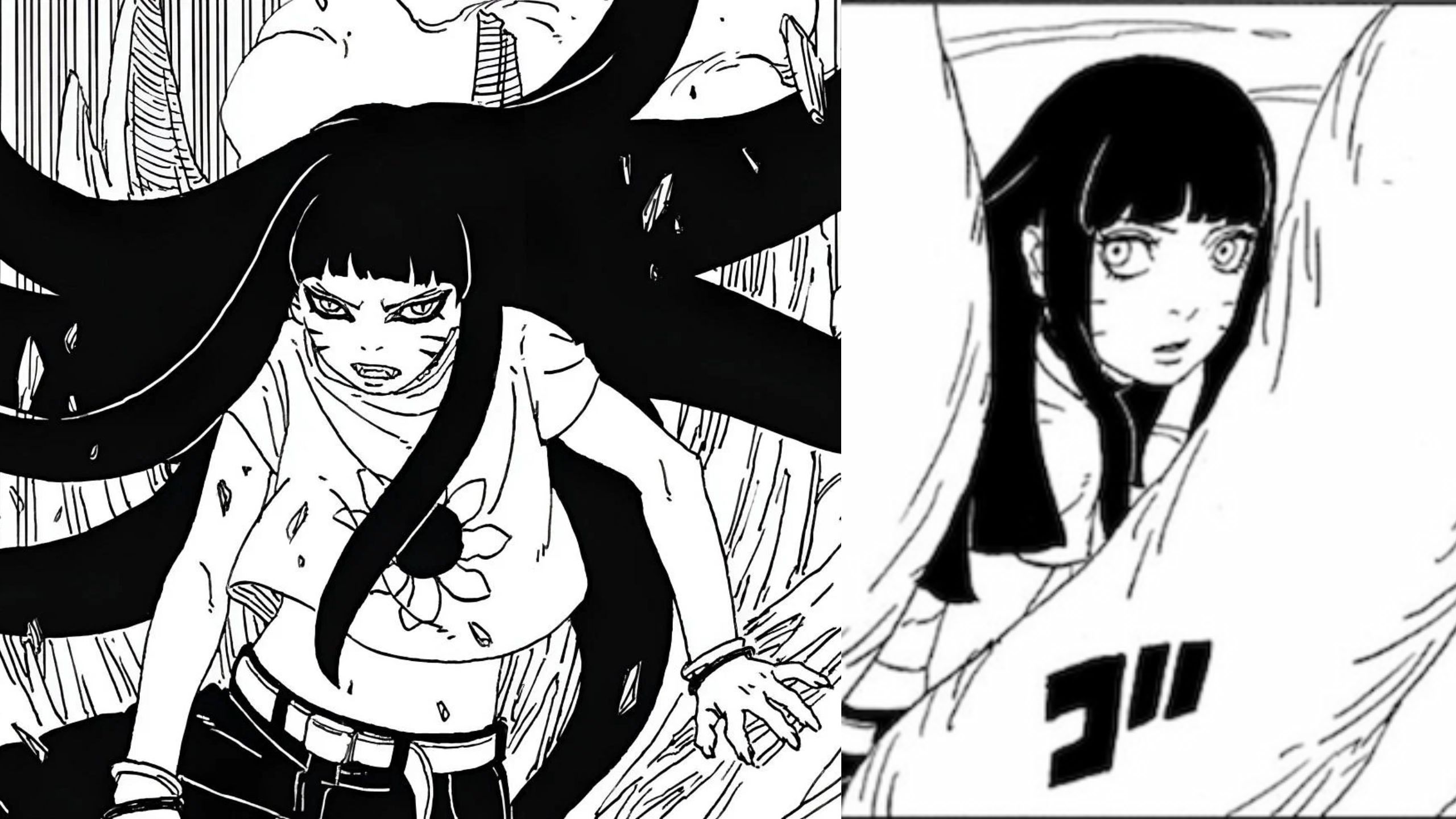
This longevity and efficiency are key points in the theory, as fans believe that Himawari’s version of Kurama may follow a similar pattern.
The original Kurama, in his full form, was immensely powerful but also highly volatile.
His chakra reserves were enormous, and his power could be overwhelming, as seen in his initial encounters with Naruto.
However, this immense power came at a cost Kurama’s chakra could be exhausting to control, and using it recklessly could lead to destruction.
By contrast, the theory posits that the new Kurama within Himawari is akin to a Red Dwarf: smaller, more efficient, and less prone to the dangerous volatility of the original.
In this context, Himawari’s Kurama would burn “slower and steadier,” allowing her to tap into its power over a longer period without suffering the same risks that Naruto faced.
In particular, this new Kurama could potentially use abilities akin to Baryon Mode, but in a much more sustainable way.
Where Baryon Mode consumed Kurama’s life force and put Naruto at risk of death, the evolved Kurama may have learned to use a similar power without the same destructive consequences.
This would make Himawari’s Kurama a more refined and stable version of the original, capable of wielding immense power without the accompanying dangers.
The Cosmic Connection: Kurama and the Life Cycle of Stars
The scientific parallels in this theory extend even further, as fans have drawn upon the life cycle of stars to explain how Kurama’s chakra could have evolved within Himawari.
Stars undergo a complex lifecycle, from their birth in nebulae to their eventual death, often resulting in the formation of new stars.
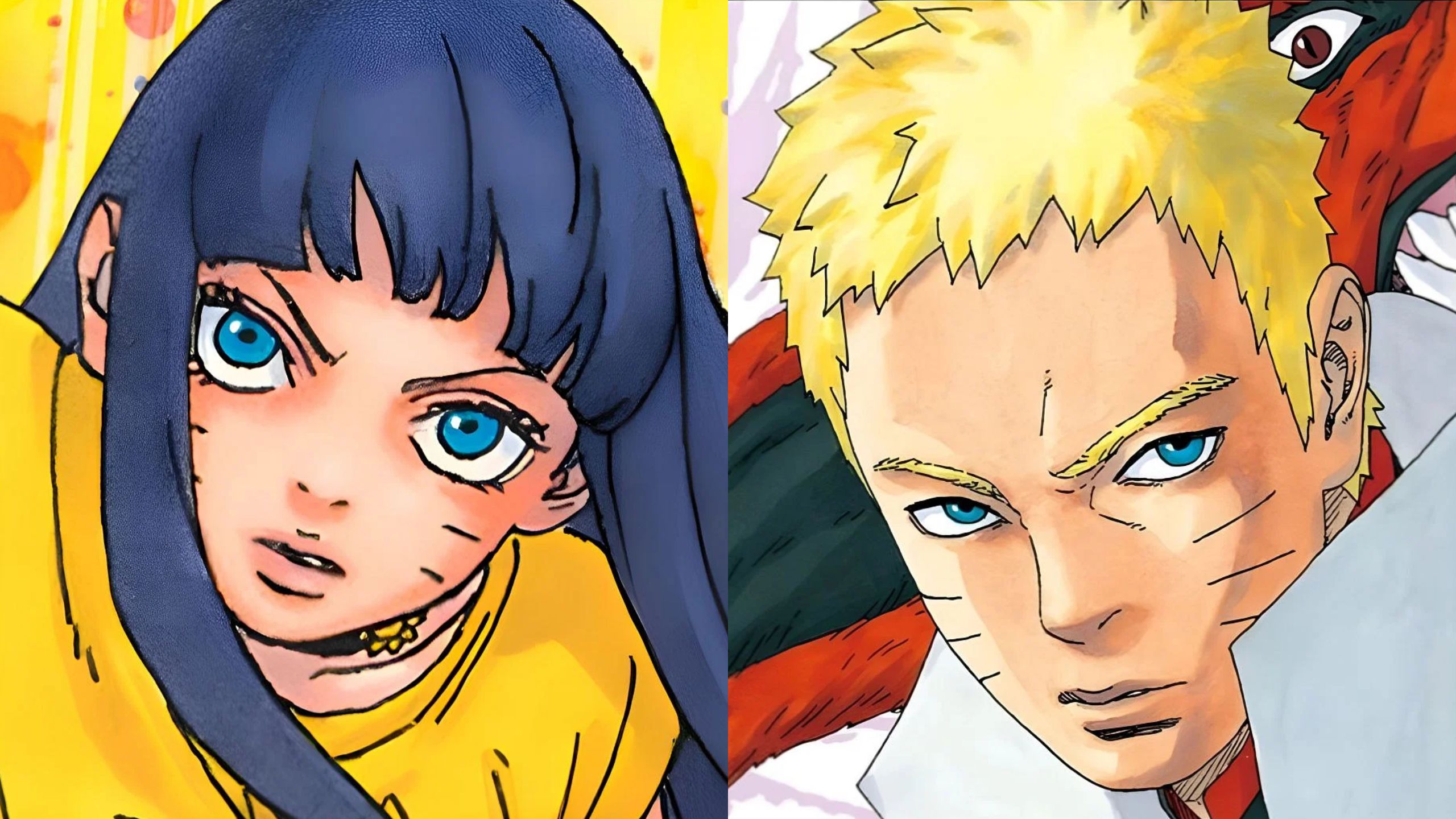
This cycle of death and rebirth mirrors the concept of Kurama’s chakra being dispersed and reformed within Himawari.
When a massive star reaches the end of its life, it undergoes a supernova, ejecting its outer layers into space and leaving behind a dense core.
The material ejected during this explosion often forms a nebula, which can then serve as the birthplace for new stars.
In this analogy, Kurama’s death represents the supernova, while his chakra, dispersed into the atmosphere, forms the “nebula” from which
a new version of Kurama is born within Himawari. Just as stars are born from the remnants of their predecessors, Himawari’s Kurama may be the product of the Nine-Tails’ chakra reforming and evolving after Kurama’s death.
Moreover, this cosmic analogy highlights the idea of transformation and evolution. Stars are constantly changing, evolving from one form to another throughout their lifecycles.
Similarly, Kurama’s chakra may have undergone a transformation during Baryon Mode, altering its fundamental nature and allowing it to evolve into a new form within Himawari.
This process of evolution is a common theme in both science and storytelling, and it provides a compelling framework for understanding how Kurama’s chakra could have been passed on to Himawari in a new, evolved state.
The Future of Himawari and Kurama
If this theory holds true, it opens up fascinating possibilities for Himawari’s future in the Boruto series.
As she continues to grow and develop her powers, she could become one of the most powerful ninjas of her generation, wielding an evolved version of Kurama that is both more efficient and less dangerous than the original.
This would also place her at the center of the ongoing storyline, as her unique connection to Kurama could become a crucial plot point in the battles to come.
Additionally, the potential for Himawari to use a more refined version of Baryon Mode could make her a key player in future conflicts, especially as the series continues to explore the threat of the Otsutsuki and other powerful adversaries.
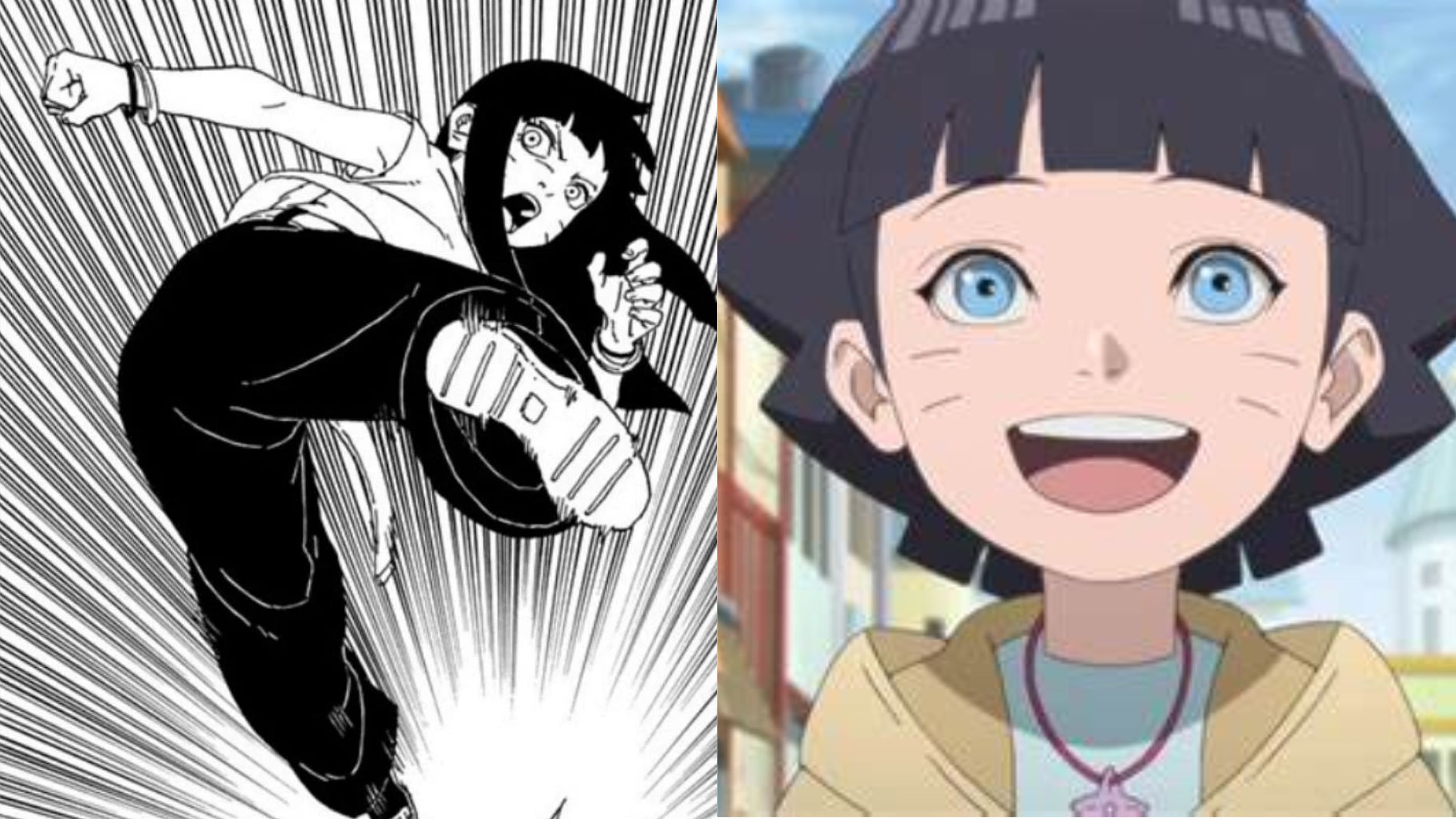
If Himawari can tap into the immense power of Kurama without the same risks that Naruto faced, she could become an invaluable asset in the fight to protect the ninja world.
It’s also worth considering the emotional weight of this theory. Kurama’s death was a significant loss, not only for Naruto but for fans of the series who had grown attached to the character.
The idea that Kurama could be reborn within Himawari offers a sense of hope and renewal, suggesting that his legacy will continue to live on through the next generation.
This would be a fitting tribute to Kurama’s role in Naruto’s life, as well as a powerful symbol of the cycle of life and death that permeates the Naruto and Boruto series.
A Theory Rooted in Science and Storytelling
The theory linking Himawari Uzumaki to an evolved version of Kurama is a fascinating blend of scientific concepts and narrative possibilities.
By drawing upon the physics of nuclear fusion, the life cycle of stars, and the cosmic nature of chakra in the Naruto universe, fans have constructed a compelling case for how Kurama’s chakra could have been reborn within Himawari following the events of Baryon Mode.
While this theory remains speculative for now, it offers a fresh perspective on Himawari’s growing power and her potential role in the future of the series.
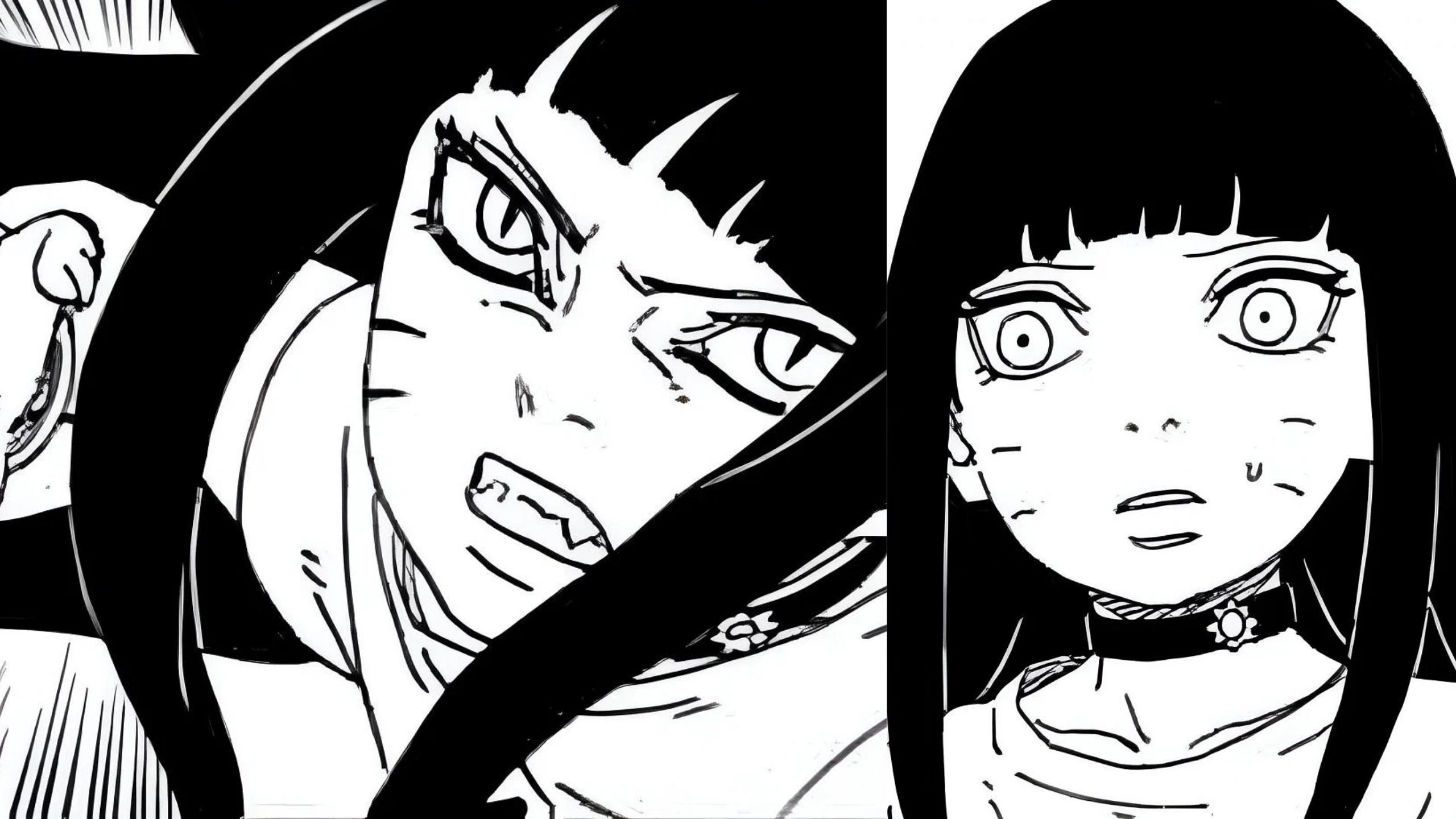
Whether or not it proves to be true, it showcases the creativity and passion of the Boruto fanbase, who continue to engage with the story in thoughtful and imaginative ways.
As the Two Blue Vortex arc unfolds, it will be exciting to see whether Himawari’s connection to Kurama is explored further and whether this theory about her evolved Kurama holds any truth.
Regardless of the outcome, it’s clear that Himawari’s potential is just beginning to be realized, and her journey is one that fans will eagerly follow in the years to come.


